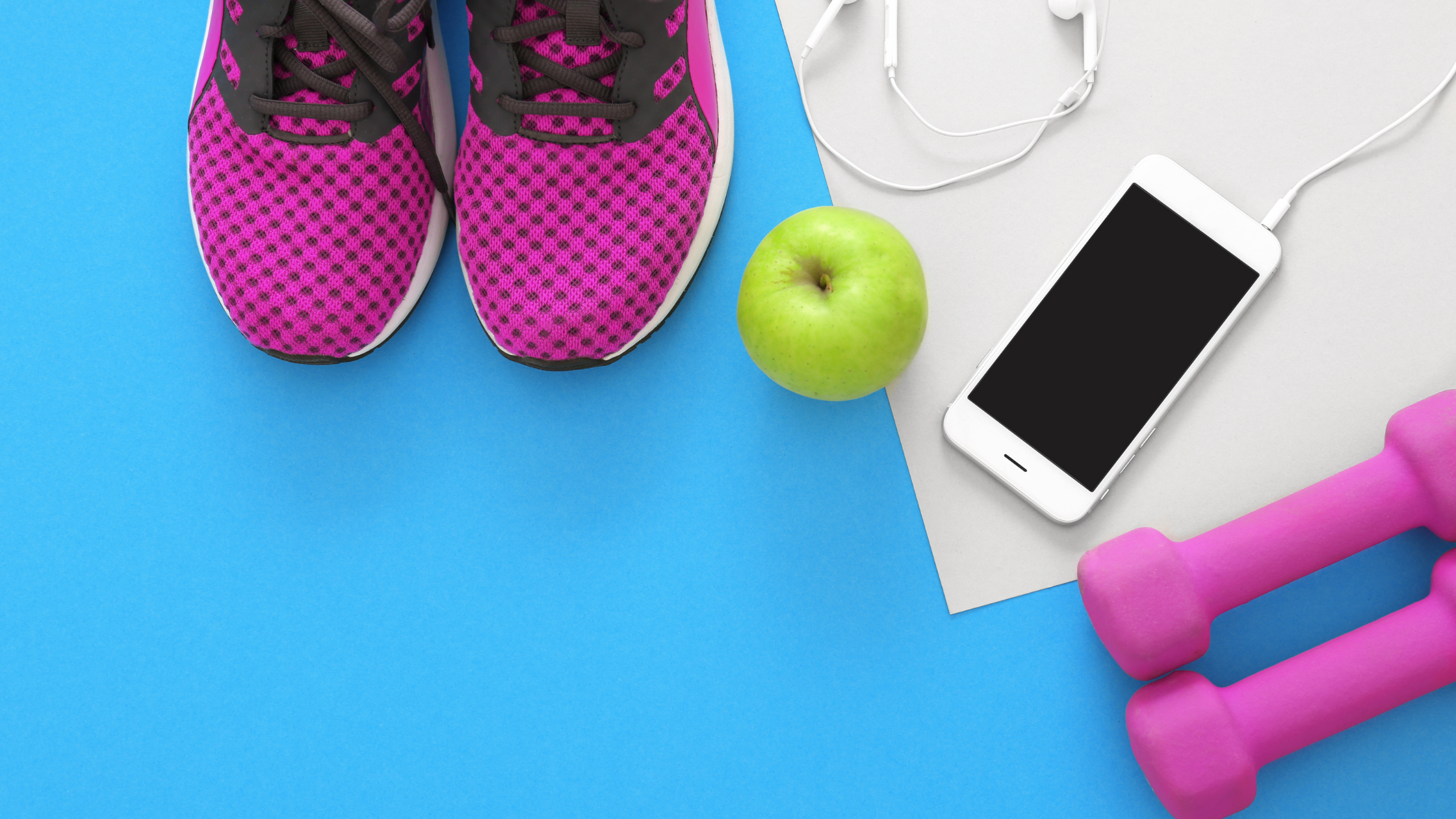FITNESS BLOG

Cardio Gains
Improving your heart health is one of the most important aspects of getting in shape. Your heart and cardiovascular system are responsible for getting oxygen and nutrients throughout your body both in and out of the gym. Having a strong heart will allow you to train and recover more effectively from your workouts. The best way to improve your heart health is to live an active lifestyle and move frequently throughout every day. In your workouts, you can maximize gains in your heart health by doing cardiovascular exercise (or “cardio”).

Technique Tips: How to Bench Press
If you want to have a strong upper body, bench press is one of the best exercises to train. This compound movement targets multiple muscle groups, including the pecs, delts, triceps as well as stabilizing muscles throughout your core and legs. In this post, I give step-by-step directions for how to perform the bench press exercise safely with good technique.

How to Test Your Maxes
In weight training, a great way to get a sense of your strength levels is to test your maxes. A max is the maximum amount of weight that you can lift in a set of between 1 and 5 repetitions of a single exercise. The most common way of testing maxes is to find a 1 rep max (1RM). This is the maximum amount of weight you can lift in a specific exercise 1 time. This number can be helpful for determining what weight you should train within your normal training sessions. Depending on the goal of your program, experts recommend training with different percentages of your 1RM with various rep ranges. Check out these step-by-step instructions for testing your maxes.

10 Exercises to Sculpt Your Shoulders
Many people mistakenly think that doing tons of biceps curls and tricep kickbacks will make their arms look more “toned” and strong. But in reality—it’s the shoulders that really make the arms pop! Training the shoulders is not only important for developing sculpted-looking arms. It’s also a key part of training for injury prevention. Check out my training tips for incorporating shoulder work into your weekly training routine as well as 10 example exercises with demo videos!

How Much Cardio Should You Do?
If you’re looking to get in shape, make sure to include cardiovascular exercise in your weekly training routine! Click here to learn how to improve your overall health and maximize your gains with a variety of training styles.

Don't Skip Your Warmup
Many exercisers have a bad habit of skipping their warmup—this is not a good idea! Your body needs time to prime and prep for your workout. Without a proper warm up, you increase your risk of injury, and it’s likely that your performance will also suffer. So before you jump right into the challenge portion of your next workout, take 20-40 minutes to prepare your body. Check out my step-by-step tips for warming up effectively before your workouts!

How to Build an Exercise Routine
Our bodies are built for movement. So to look and feel our best, we need to build an active lifestyle. Getting plenty of activity every day can improve your brain health, manage your body weight, strengthen your bones and muscles, reduce your risk of disease, and improve your ability to do everyday activities. Check out these Trainer’s Tips for how to build a workout routine to keep your body healthy and to improve your fitness.